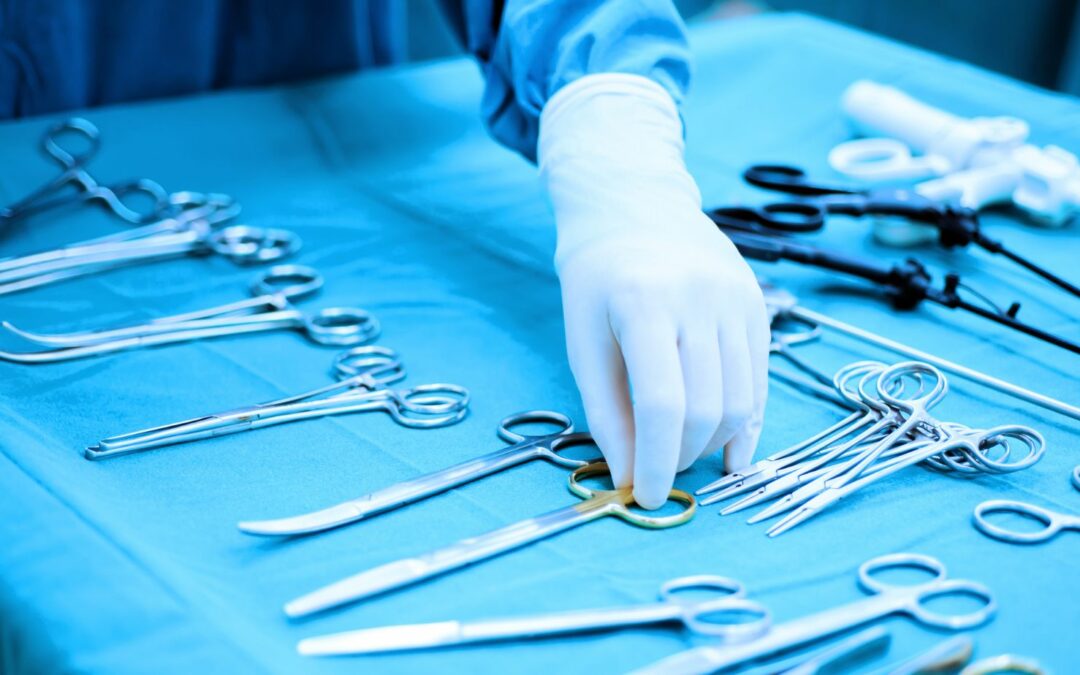I Had a Vasectomy Yesterday and When I Woke Up
When I woke up yesterday after having a vasectomy, I was filled with both anticipation and uncertainty. The decision to undergo this procedure was not taken lightly, as it marked a significant step in my reproductive journey. As I opened my eyes, the reality of what had transpired began to sink in, and I couldn’t help but wonder about the immediate aftermath and what lay ahead.
The first thing that caught my attention was the mild discomfort in the surgical area. It’s important to note that everyone’s experience may vary, but for me, there was some soreness and tenderness. However, it was manageable with proper pain medication and rest.
The Procedure: What Happens During a Vasectomy
Preparation for the Vasectomy
When it comes to undergoing a vasectomy, proper preparation is key. Before the procedure, you’ll have an initial consultation with your urologist or healthcare provider. This is an opportunity for you to discuss any questions or concerns you may have and ensure that a vasectomy is the right choice for you.
During this consultation, your healthcare provider will explain the entire process in detail and provide you with instructions on how to prepare. They may ask about your medical history, perform a physical examination, and conduct any necessary tests. It’s essential to be open and honest during this discussion to ensure your safety and well-being throughout the procedure.
In preparation for the vasectomy, you may be advised to do some of the following:
- Shave or trim the hair in the scrotal area before arriving at the clinic.
- Avoid taking blood-thinning medications such as aspirin or ibuprofen leading up to the surgery.
- Arrange transportation home since driving immediately after the procedure may not be recommended.
It’s important to carefully follow these instructions as they can help minimize complications and promote a successful outcome.
The Surgical Procedure
Once you’re properly prepared, it’s time for the actual surgical procedure. A vasectomy typically takes place in an outpatient setting under local anesthesia. Here’s what happens during this relatively quick and straightforward operation:
- Anesthesia: Your healthcare provider will administer local anesthesia to numb the scrotum area effectively. You may experience a slight pinch or discomfort during this step.
- Accessing the Vas Deferens: Once numbed, your surgeon will make one or two small incisions in your scrotum.
- Cutting and Sealing: Through these incisions, your surgeon will locate each vas deferens (the tubes that carry sperm) on either side of your scrotum and carefully cut and seal them. This prevents sperm from reaching the semen during ejaculation.
- Closing the Incisions: After completing the vasectomy, your surgeon will close the incisions using dissolvable stitches or adhesive strips.
- Bandaging and Recovery: Finally, your scrotum will be bandaged to protect the incision sites as you begin the recovery process.
It’s important to note that while a vasectomy is considered a highly effective form of contraception, it does not provide immediate results. It can take several weeks or even months for all remaining sperm to clear out of the reproductive system. During this time, alternative birth control methods should still be used to avoid unintended pregnancies.

Recovery Process: What to Expect After a Vasectomy
After undergoing a vasectomy, it’s natural to wonder about the recovery process and what you can expect in the days and weeks following the procedure. While every individual may experience some variations, here are some general guidelines to help you prepare for your post-vasectomy journey.
- Immediate Post-Procedure Period: Once the vasectomy is complete, you’ll likely spend a short period of time in the recovery area. It’s normal to feel groggy or drowsy due to the anesthesia, so having someone accompany you home is highly recommended.
- Pain and Discomfort: It’s common to experience mild pain or discomfort after a vasectomy. This can be managed with over-the-counter pain relievers like acetaminophen (Tylenol). However, avoid using aspirin or ibuprofen as they can increase bleeding risk in the initial stages of healing.
- Swelling and Bruising: Swelling and bruising around the scrotum are typical after a vasectomy. Applying an ice pack wrapped in a cloth for 15-20 minutes at regular intervals during the first 48 hours can help reduce these symptoms.
Remember, these are general guidelines, and individual experiences may vary. Always consult with your healthcare provider for personalized advice based on your specific situation.
In conclusion, understanding the recovery process after a vasectomy can help alleviate concerns and ensure a smoother post-procedure experience. By following these guidelines and seeking professional guidance when needed, you’ll be well-prepared to navigate the road to recovery with confidence.
Jessica has a flair for writing engaging blogs and articles. She enjoys reading and learning new things which enables her to write different topics and fields with ease. She also strives to break down complex concepts and make them easy for anybody to comprehend.





